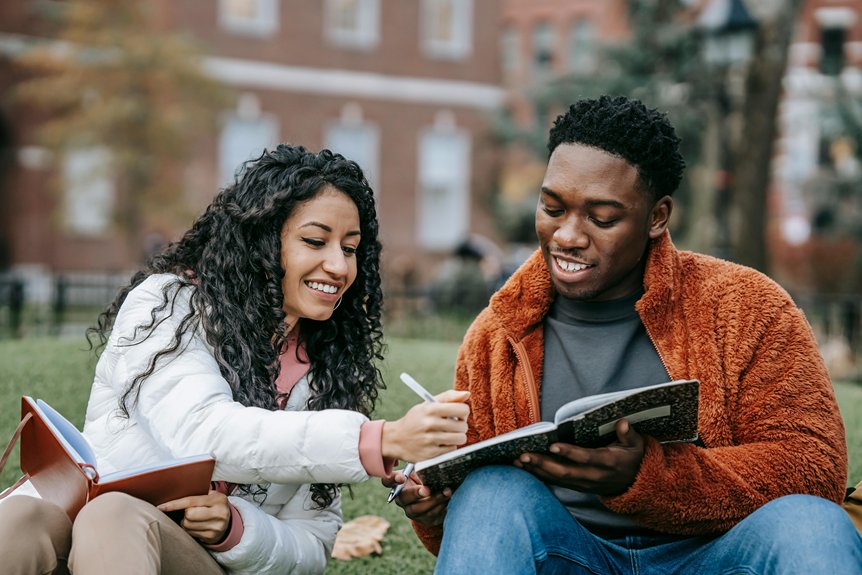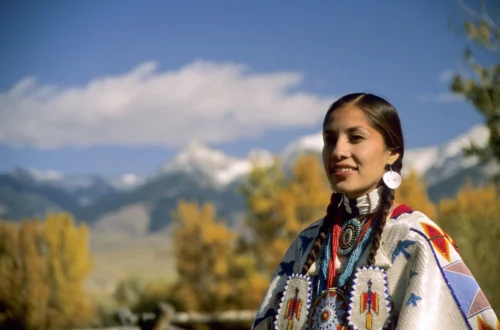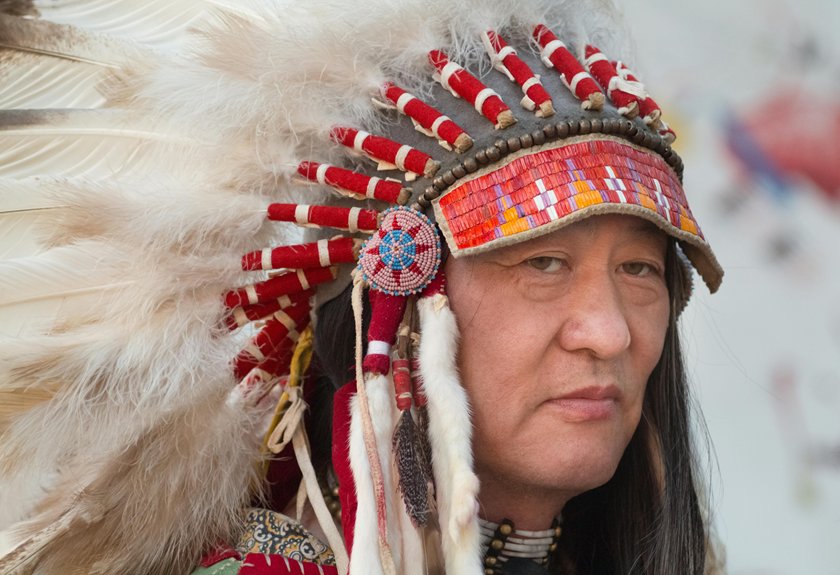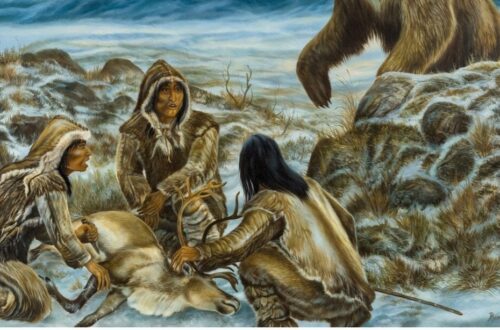Did you know that archaeological evidence suggests Native Americans have kept dogs for over 10,000 years? These animals weren’t just pets; they were integral to hunting, protection, and transport. The bond between tribes and their dogs shaped cultural practices and beliefs. As you explore this rich history, you’ll uncover the various roles dogs played and how they influenced the lives of Native American communities. What insights might you discover about their enduring legacy?
The Historical Presence of Dogs in Native American Cultures
Dogs have been an integral part of Native American cultures long before European contact, serving not just as companions but also fulfilling practical roles in hunting, herding, and even spiritual practices.
Various tribes, such as the Navajo and Lakota, revered dogs for their loyalty and utility. You’d find them woven into daily life, assisting with tasks like transporting goods and guarding homes.
Many tribes held deep spiritual beliefs surrounding dogs, seeing them as protectors or guides in the afterlife. Relationships between humans and dogs were often celebrated in stories and rituals, emphasizing a bond that transcended simple companionship.
This historical presence highlights the significance of dogs in nurturing connections within Native American communities, enriching both cultural and social landscapes.
The Role of Dogs in Hunting Practices
In many Native American cultures, dogs played an essential role in hunting practices, showcasing their skills beyond companionship.
You’d find them assisting hunters by tracking scents, flushing out game, and even retrieving animals after a successful kill. Tribes like the Plains Indians relied on their dogs for crucial support in pursuing larger prey, such as bison.
The bond between humans and dogs allowed for effective communication during hunts, enhancing teamwork and success rates. Furthermore, some tribes bred specific dog types tailored for particular hunting needs, emphasizing their significance.
As you explore these practices, it becomes clear that dogs were invaluable partners, integral to survival, and deeply woven into the fabric of Native American life.
Dogs as Companions and Family Members
Throughout history, Native Americans have embraced dogs not just as working animals, but as cherished companions and family members. These bonds ran deep, reflecting a shared life that enriched both cultures.
You’d find dogs playing crucial roles in various aspects of daily life, such as:
- Emotional Support: Dogs provided comfort and companionship during tough times.
- Cultural Significance: Many tribes viewed dogs as spiritual beings, woven into their traditions and stories.
- Family Integration: Dogs often shared living spaces, becoming part of the family unit.
- Celebratory Roles: Dogs participated in ceremonies, symbolizing loyalty and protection.
This relationship underscores a profound understanding of the emotional and social importance of dogs in Native American communities.
Different Breeds and Their Unique Contributions
While many Native American tribes shared a deep bond with their canine companions, the breeds they cultivated often had unique traits that served specific purposes within their communities.
The Alaskan Malamute was valued for its strength and ability to haul heavy loads across icy terrains, essential for hunting and transport.
In the Southwest, the Chihuahua emerged, cherished for its companionship and small size, making it ideal for nomadic lifestyles.
The Native American Indian Dog, known for its intelligence and adaptability, helped in hunting and guarding.
Each breed not only fulfilled practical roles but also contributed to the social fabric of tribal life, illustrating the profound relationship between Native Americans and their dogs, which extended beyond mere utility to deep companionship.
The Spiritual Significance of Dogs in Indigenous Beliefs
When considering the spiritual significance of dogs in Indigenous beliefs, you’ll find that these animals were often seen as sacred companions, bridging the physical and spiritual worlds. Their presence was deeply woven into various cultural narratives and practices.
Here are some key aspects of their spiritual role:
- Guides in the Afterlife: Many tribes believed dogs would accompany souls on their journey after death.
- Protectors of the Tribe: Dogs were seen as guardians, both physically and spiritually, warding off negative energies.
- Symbols of Loyalty: Their unwavering loyalty reflected the values of kinship and community.
- Teachers of Resilience: Dogs embodied the spirit of survival, teaching the importance of adaptability and strength.
Through these connections, dogs held profound significance in many Indigenous cultures.
The Use of Dog Fur in Traditional Clothing
The use of dog fur in traditional clothing highlights the resourcefulness of Indigenous cultures, showcasing how they utilized every aspect of their environment. Many Native American tribes crafted garments from dog fur, taking advantage of its warmth and durability.
In colder climates, this fur became essential for survival, providing insulation during harsh winters.
You’ll find that each tribe had unique methods of processing and weaving the fur into clothing, often combining it with other materials like hides and plant fibers.
This practice not only met practical needs but also reflected cultural identity and artistic expression.
Interactions Between Native Americans and European Dogs
As European settlers arrived in North America, they brought with them their own breeds of dogs, which greatly influenced the relationships and dynamics between these newcomers and Native American tribes.
These interactions led to various outcomes, shaping both cultures.
- European dogs introduced new hunting techniques.
- Native Americans exchanged their knowledge of local terrain.
- Breeding practices blended, creating unique hybrid breeds.
- Social bonds formed through shared tasks and companionship.
These relationships weren’t just utilitarian; they also fostered cultural exchanges.
Native tribes learned about different dog care methods while sharing their own practices.
The presence of European dogs enriched the lives of Native Americans, underscoring the complexity of cross-cultural interactions during this transformative period in history.
The Decline of Native Dog Breeds
Despite the initial coexistence of Native American and European dog breeds, the arrival of settlers led to a marked decline in indigenous dog populations.
As European settlers expanded their territories, they brought with them different breeds, often prioritizing those for work and companionship. This shift in focus diminished the roles that Native dogs played in their communities, including hunting, herding, and companionship.
Additionally, the settlers’ practices, such as overpopulation and crossbreeding, further diluted indigenous bloodlines. Diseases introduced by these new breeds exacerbated the decline.
Consequently, many unique Native dog breeds vanished, leaving a gap in cultural heritage. Understanding this decline is essential, as it highlights the impact of colonization on indigenous communities and their longstanding relationships with dogs.
Modern-Day Legacies of Native American Dog Relationships
Many Native American communities today continue to honor their historical relationships with dogs, reflecting a deep cultural connection that transcends time.
This bond manifests in various ways, emphasizing the significance of dogs in Native cultures. You might notice:
- Cultural Ceremonies: Dogs often play vital roles in traditional rituals and celebrations.
- Preservation of Breeds: Efforts are underway to revive and maintain indigenous dog breeds like the Alaskan Malamute and Catahoula Leopard Dog.
- Storytelling and Art: Dogs frequently appear in Native narratives and art, symbolizing companionship and loyalty.
- Community Programs: Initiatives focused on animal welfare highlight the enduring bond between Native peoples and their canine companions.
These legacies illustrate how deeply intertwined dogs are with Native American identity and heritage today.





